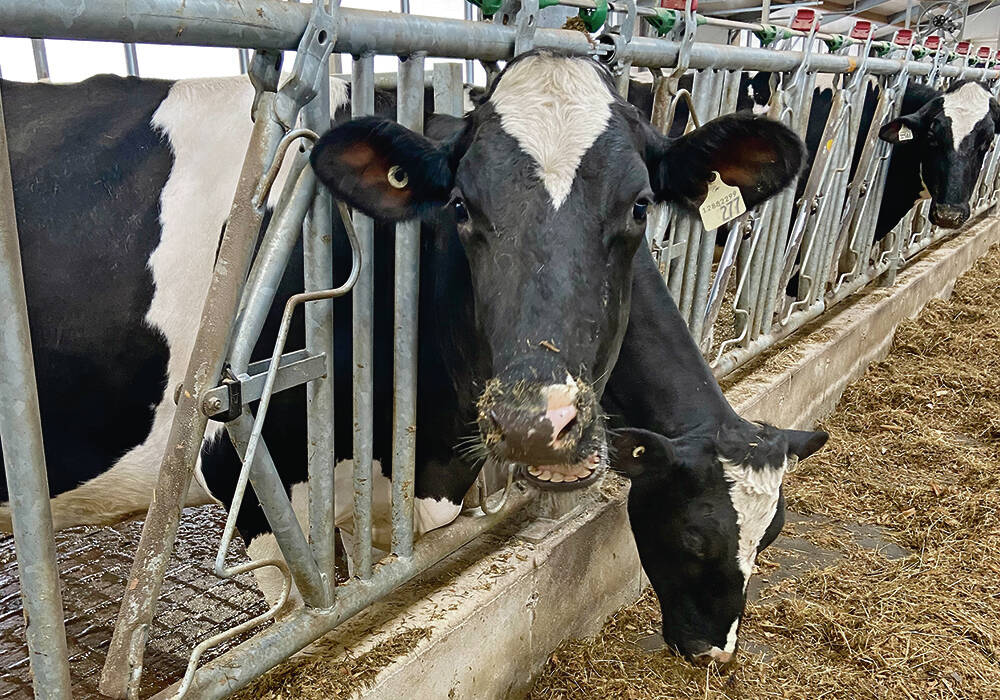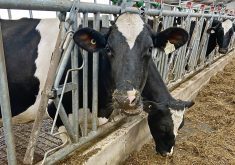Tarrifs Blackleg concerns set aside as Canada works to negotiate better access to China’s growing market
If you’re thinking of heading into the canola markets, it might be time to brush up on your Mandarin and Cantonese.
China and its growing economic influence featured prominently during discussion on growing export markets at the Canola Council of Canada’s (CCC) convention in the American capital, largely because it is expected to feature prominently in future agricultural exports.
“There is certainly strong demand from China, and strong growth in their demand for the products we produce, the oil, the meal and for the seeds,” said Patrick Van Osch.
Read Also

Alberta Milk opens annual hospital fundraiser
Alberta Milk embarks on holiday season campaign to raise money for Alberta Children’s Hospital Foundation
The Richardson Oilseed Ltd. executive and CCC chairman, said although there have been issues exporting seed to China following blackleg concerns raised in 2009, he is concentrating on the industry’s long-term relationship with China.
He also noted that when seed exports where stymied by Chinese quarantine policies, the export of canola oil and meal increased dramatically.
“I think the market is going to be there. Yes, there is going to be some challenges that come up from time to time over the years, but in the end, the demand is growing,” Van Osch said.
Beijing-based Ruojun Wang agreed, explaining China cannot increase its domestic production of rapeseed.
“Generally speaking it is the amount of arable land that limits Chinese production,” said the CCC consultant and professor at China Agricultural University.
Along with the CCC, he is working to introduce canola meal into farms as a high-quality feed, through workshops and seminars.
“In China, it works best to show people how it works, otherwise they say ‘when we see it, then we will believe it,’” Wang said.
Changes to Chinese diets may also increase demand for canola meal as livestock feeders seek more protein sources.
“This also generates good competition with soy, it gives an opportunity to bargain — you can’t put all your eggs in one bucket,” said Wang.
High tariffs
But Canadian exporters say more still needs to be done to deal with issues of market access in China, including the levelling or elimination of trade tariffs.
Currently, canola is subject to a nine per cent tariff while soy is subject to a three per cent tariff.
“Our goal is to eliminate tariffs in the markets we serve,” said Jim Everson, vice-president of corporate affairs for the CCC. “Our second goal is to eliminate the differentials in trade tariffs between canola and the products we compete with.”
Wang said it is canola processors in China that pay the tariff, but that the cost eventually trickles down to producers.
“It would be calculated into the price the importer or crusher pays for the seed or product… so in some way the tariff differential is coming out of the farmer’s pocket,” he said.
Everson said the current federal government has been promoting a level playing field for canola as it works on international trade agreements.
He noted Prime Minister Harper visited China in February, along with Agriculture Minister Gerry Ritz.
“Building, maintaining and growing global market access is critical to all of us,” said Everson. “And canola is the largest agricultural product shipped to China by a country mile.”
But Van Osch cautions against overlooking other trade partners in the wake of China’s rising economic status.
“There is certainly a lot of talk about China, and certainly it has been a game changer over the last 10 years,” said Van Osch. “But when you look at our canola industry as a whole, we should not forget there has been significant growth in the U.S. market as well.”
Canada exports 85 per cent of the canola it produces to about 55 different markets.
Canada’s ambassador to the U.S., Gary Doer, emphasized the importance of the trade relationship between the two countries during the convention.
“Agriculture, canola being part of that of course, is a $38-billion two-way trading relationship between Canada and the United States,” he said. “And of that, about $3 billion is represented by canola.”
But Doer also noted the Canadian government is working on securing greater access to Chinese markets, along with other Asia-Pacific countries.














